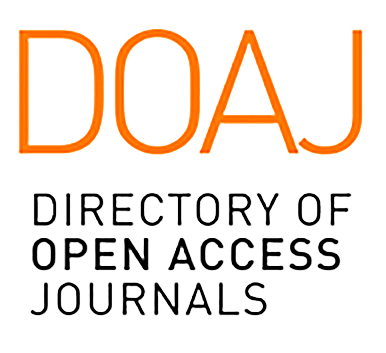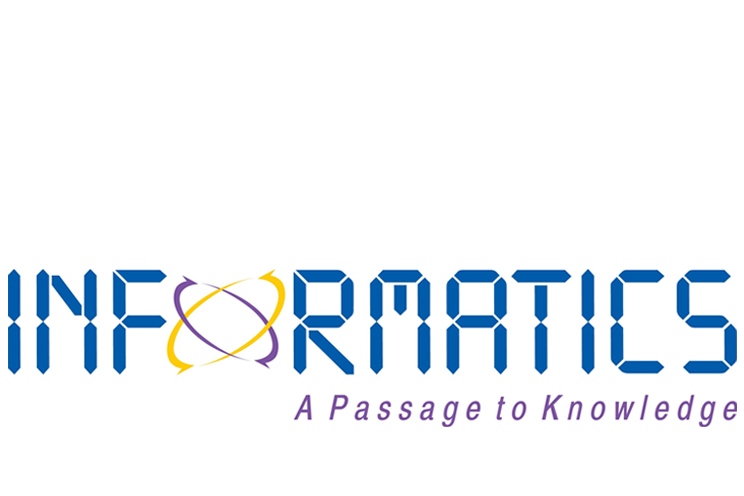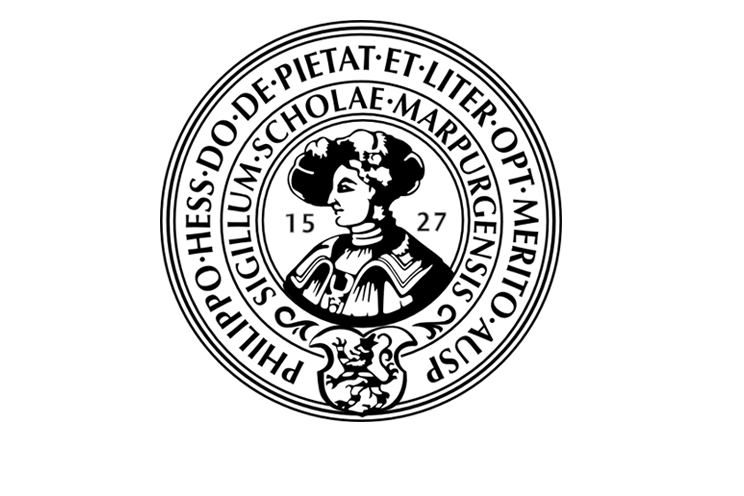Public Paper
-
Fatigue Strength Analysis of Bogie Frame Under Wheel Polygon
ISSN: 2195-1381
Publisher: author
Fatigue Strength Analysis of Bogie Frame Under Wheel Polygon
View Paper PDF
Abstract
The development of the railway bogie includes analysis and testing of the bogie frame. The main purpose of the frame is to withstand or transfer vertical loads of the superstructure with payload. Many researchers have conducted research on wheel polygonal wear and bogie frame fatigue analysis. Several published papers have reviewed the research question of "what is the influence of different wear amplitudes on fatigue of bogie is being answered”. Different review articles have been looked into and proper consideration has been put on and identified the research gap. The bogie could be improved by reducing variable frequency drive or wheel reprofiling that can revamp the system to its original or some acceptable working condition. Detailed data on the bogie frame has been collected from the kinds of literature. Then modelling of the bogie frame has been performed by using solid works and besides, and detailed sensitivity analysis has b...
SUBMIT CONCEPT ASK QUESTION
International Category Code (ICC):

ICC-0202
Evaluator Publisher Relations Manager
International Article Address (IAA):
Pending
Paper Profile:
Private
Visitors: 0
Paper Evaluation: Pending
ASI-Factor: 0
Paper Improving: Pending
Paper Flaws: 0
References
[1] Y. Lu, J. Zeng, P. Wu, F. Yang, and Q. Guan, “Reliability and parametric sensitivity analysis of railway vehicle bogie frame based on Monte-Carlo numerical simulation,” Lect. Notes Comput. Sci. (including Subser. Lect. Notes Artif. Intell. Lect. Notes Bioinformatics), vol. 5938 LNCS, pp. 280–287, 2010, doi: 10.1007/978-3-642-11842-5_38.
[2] G. Tao, Z. Wen, X. Jin, and X. Yang, “Polygonisation of railway wheels: a critical review,” Railw. Eng. Sci., vol. 28, no. 4, pp. 317–345, 2020, doi: 10.1007/s40534-020-00222-x.
[3] J. C. O. Nielsen and A. Johansson, “Out-of-round railway wheels-a literature survey,” Proc. Inst. Mech. Eng. Part F J. Rail Rapid Transit, vol. 214, no. 2, pp. 79–91, 2000, doi: 10.1243/0954409001531351.
[4] D. W. Barke and W. K. Chiu, “A review of the effects of out-of-round wheels on track and vehicle components,” Proc. Inst. Mech. Eng. Part F J. Rail Rapid Transit, vol. 219, no. 3, pp. 151–175, 2005, doi: 10.1243/095440905X8853.
[5] H. P. Kaper, “Wheel corrugation on Netherlands railways (NS): Origin and effects of ‘polygonization’ in particular,” J. Sound Vib., vol. 120, no. 2, pp. 267–274, 1988, doi: 10.1016/0022-460X(88)90434-8.
[6] X. Wu, “An Investigation of High-Order Polygonal Wheel Wear in High-speed Rail Vehicles,” no. February, 2018.
[8] A. No and D. Iitb, “Enlargement of Out-of-Round Wheel,” vol. 227, pp. 965–978, 1999.
[9] M. Meywerk, “Polygonalization of railway wheels,” Arch. Appl. Mech., vol. 69, no. 2, pp. 105–120, 1999, doi: 10.1007/s004190050208.
[10] Y. Wu, X. Jin, W. Cai, J. Han, and X. Xiao, “Key factors of the initiation and development of polygonal wear in the wheels of a high-speed train,” Appl. Sci., vol. 10, no. 17, 2020, doi: 10.3390/app10175880.
[11] R. Pan, X. Zhao, P. Liu, and R. Ren, “Micro-mechanism of polygonization wear on railroad wheels,” Wear, vol. 392–393, pp. 213–220, 2017, doi: 10.1016/j.wear.2017.09.017.
[12] G. Tao, L. Wang, Z. Wen, Q. Guan, and X. Jin, “Experimental investigation into the mechanism of the polygonal wear of electric locomotive wheels,” Veh. Syst. Dyn., vol. 56, no. 6, pp. 883–899, 2018, doi: 10.1080/00423114.2017.1399210.
[13] X. Jin, L. Wu, J. Fang, S. Zhong, and L. Ling, “An investigation into the mechanism of the polygonal wear of metro train wheels and its effect on the dynamic behaviour of a wheel/rail system,” Veh. Syst. Dyn., vol. 50, no. 12, pp. 1817–1834, 2012, doi: 10.1080/00423114.2012.695022.
[14] “Finite element analysis—theory and application with ANSYS,” Minerals Engineering, vol. 12, no. 8. pp. 992–993, 1999. doi: 10.1016/s0892-6875(99)90030-4.
[15] P. Heyes, X. Lin, A. Buczyński, and M. W. Brown, “Application of biaxial plasticity and damage modelling to the life prediction and testing of automotive components,” Eur. Struct. Integr. Soc., vol. 25, no. C, pp. 179–194, 1999, doi: 10.1016/S1566-1369(99)80015-6.
| Basics |
Contact and Support |
For authors |
Legal |
| Home Evaluation | Contact Us
Facebook Twitter |
Guide for authors
submitpaper
|
Terms & Conditions |
























































